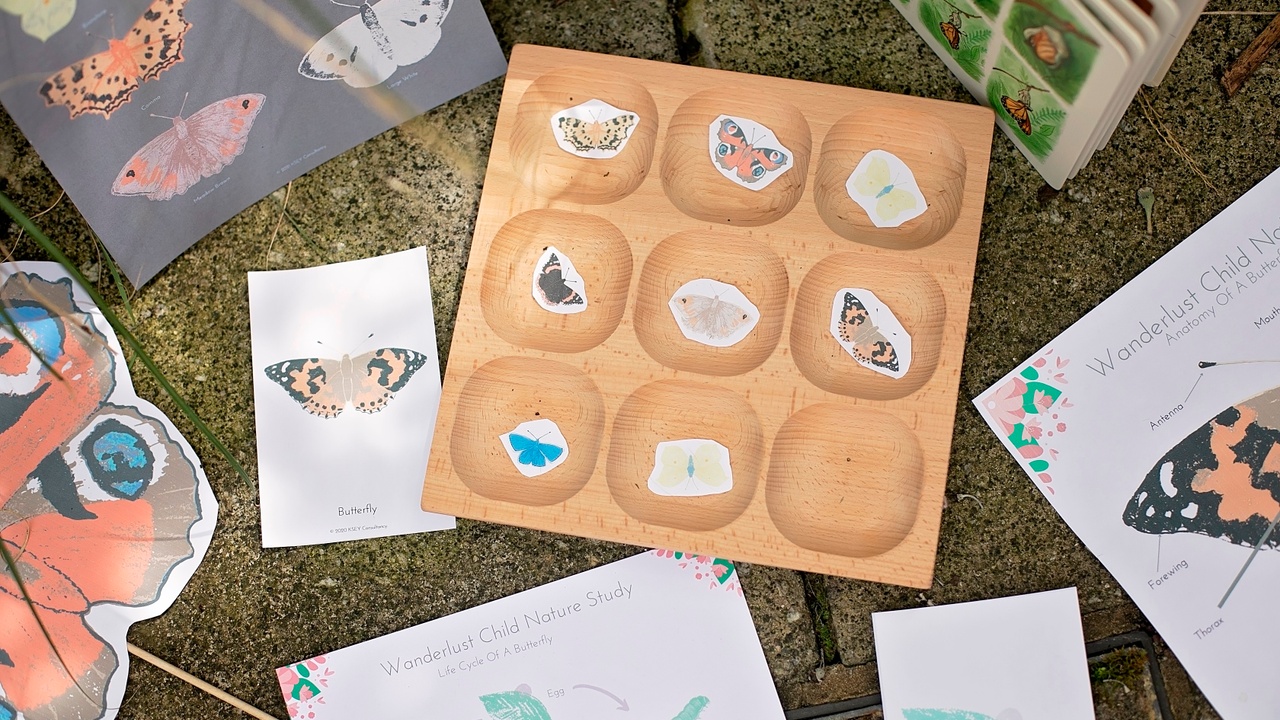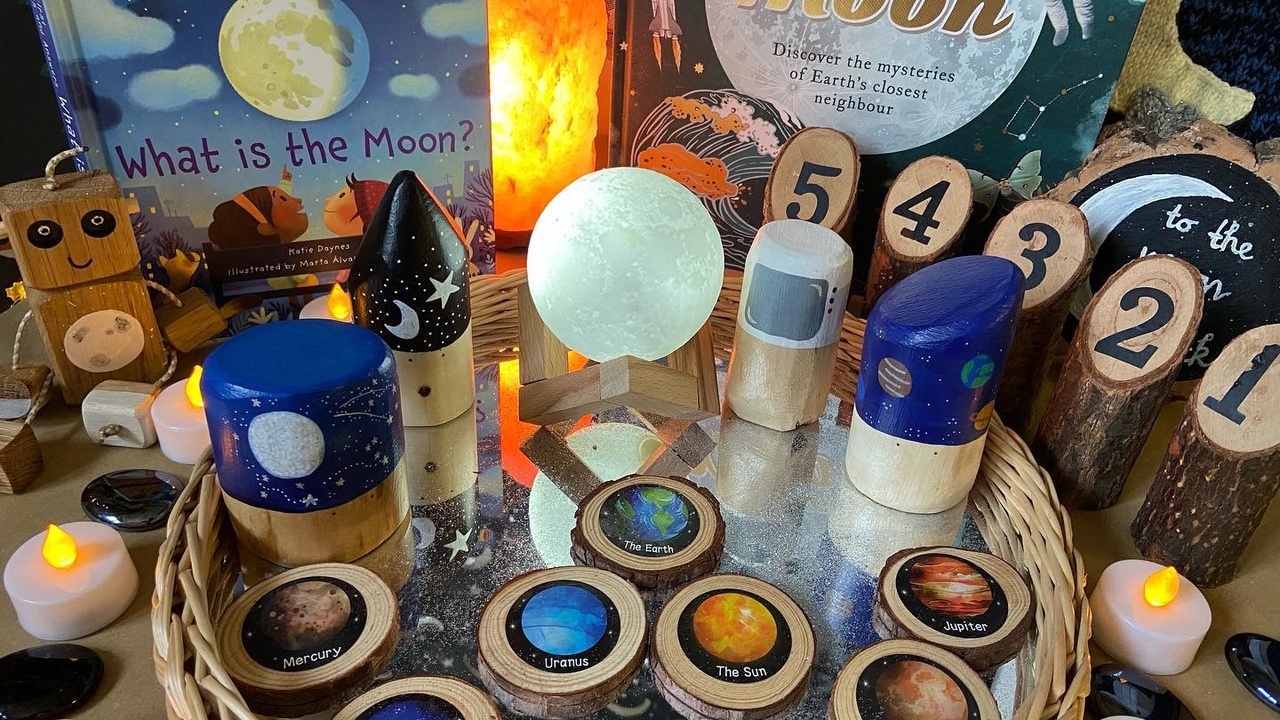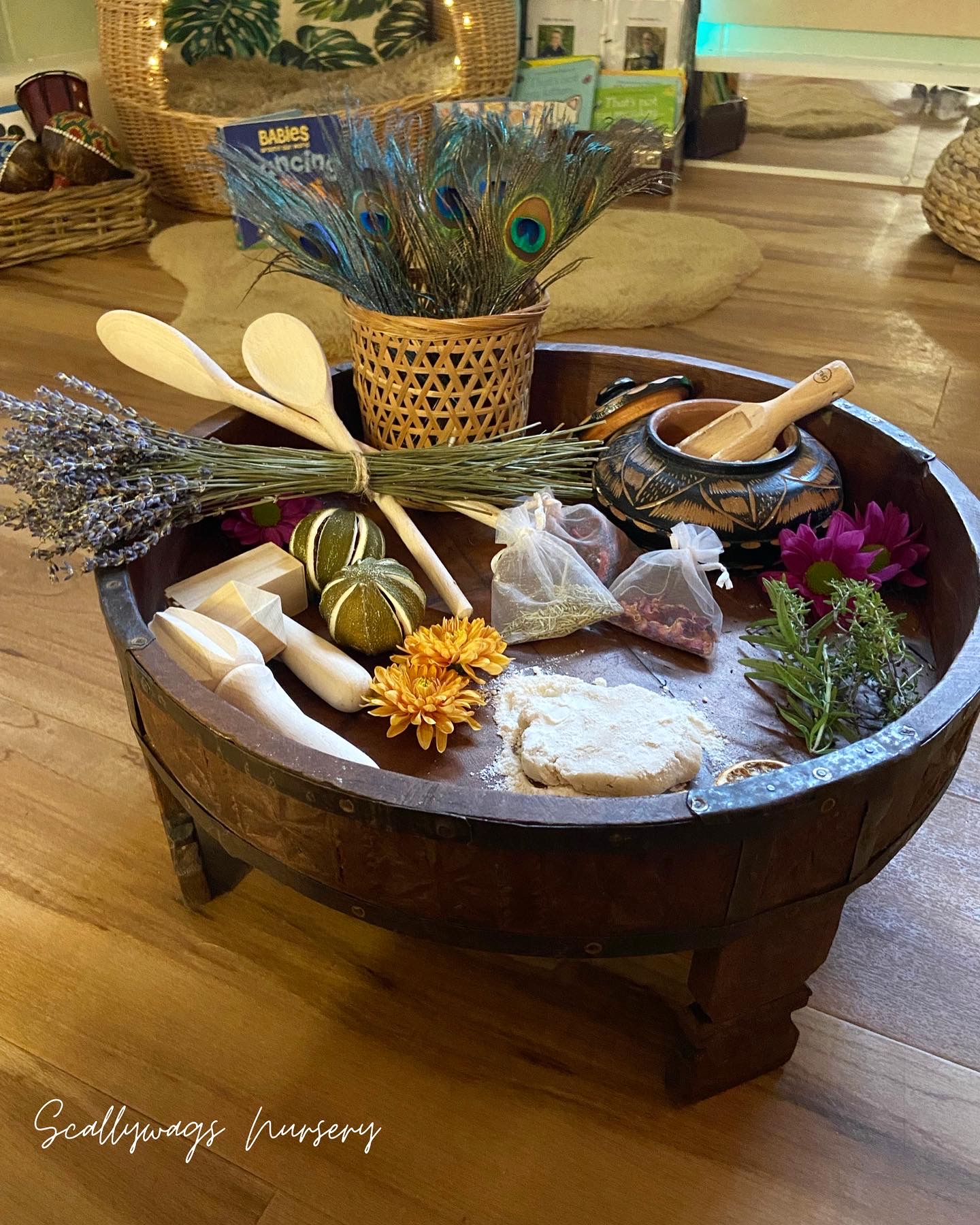Blog
“Strive to make everyday the best day of your life, because there is no good reason not to.” Hal Elrod
Seeing the Positives in Destructive Play
We can all feel a little bit stuck at times and wonder why learning isn't happening for our children. Perhaps your environment feels chaotic and your children just flit from one area to another. Or perhaps nothing you put out seems to create high levels of interest and involvement. You're going round in circles setting up provocations around an interest you think a child has but it just doesn't grab them. Worse still you feel the only play going on is destructive and the children are not getting anything from it.
Sometimes you just need an opportunity to stand back and evaluate what's happening with some handy tips to move learning on.
One of the wonderful approaches to life that the Scandinavians tend to have is turning a negative into a positive. For example if its dark and cold outside they can think well what opportunity does that give me? It gives me some quiet time to get cosy and read a book by the fire.
We can take this approach when it comes to considering behaviour too. I...
Schematic Play Outdoors
You’ve noticed that you have a child that loves to build towers in the Duplo and enjoys making the train track. They’ve loved taking the wheels off the toy tractor they got as a present.
You recognise that this is the connecting schema and you go about offering more opportunities to explore this inside.
But what about when you’re outside?
Well I have 4 whole booklets and a course to share with you how to support play and schemas throughout the year in nature but here are just a few ideas for you today:
- Building a tower of pebbles at the beach
- Making snowballs and stacking them one on top of another
- Using Wiki sticks or string to temporarily join the trees together
- Creating a journey stick
- Working with Teifoc bricks in the sand outside
- Creating toy zip lines between the trees
- Building a bridge to get across a puddle or stream
- Building a structure to rescue a Teddy stuck up a tree
- Making leaf kebabs or using kebab food stones for threading with a stick
Don’t forget to check out my W...
Professional Love
Guest Post by Abbie Moore
Happy Valentine's Day! We absolutely love celebrating valentine's day at Scallywags, as we get to celebrate and share LOVE!
At Scallywags, we love all of our families and staff very much!
The term ‘professional love’ was coined by Dr Jools Page, who conducted a research project in 2012, talking to Early Years professionals across England, to research the impact of media coverage around scandals on the relationships with children and early years professionals.
The research aimed to understand how professionals felt about ‘loving’ children in a professional capacity.
I’ve seen many debates over the years about where the line is drawn when it comes to the love and affection, which we show the children in our care. One of the most discussed questions on this topic is how staff should respond when a child says, ‘I love you’.
Should the word love be used between early years practitioners and children and ultimately, should practitioners tell a child ‘I love y...
Hygge Baby Play 0-12 Months
When I was a new parent I had many lovely members ask about the resources and play ideas I have found most useful in my journey with my baby. In this blog post I share the start of my journey and some of the recommendations I have. None of the products shared are advertisements and I'm not linked to any of the brands in any way.
Tummy time roll
Mirrors
Black and white burp cloths
Hygge Settings - Open-ended Baby Room Provision

An early years environment for this age range is very different from what is offered for 3 and 4 year olds.
We need to question ourselves... What do we want our open-ended learning environment to look like for our under 2's?
Do our children need the latest messy play activity to compete with social media?
OR
Do we need to provide a calm, enabling, cosy, and homely provision for our littlest of people, filled with warm and welcoming practitioners, who have the time to meet their needs and be there for them and their families.
Within our baby room provision, we demonstrate the introduction of recycled materials, authentic resources and how we step away from purchasing items from ‘catalogues’ and one-purpose Early Years age and stage equipment.
We have set up cosy spaces with books, puppets, soft furnishings and fairy lights, for the children to explore within a safe and secure, calm environment.
We also allow children to use large scale items and smaller loose parts, ...
Getting Meaningful Maths and Literacy Outside!

I know that we don't do our job for Ofsted, but having themed outdoor adventure bags that provided meaningful literacy opportunities outside, contributed to our OUTSTANDING judgement!
It's not enough having some laminated letters or numbers on a fence, what we need outside is for Maths and Literacy to be so irresistible to the children that they don't realise they're learning.
Get Meaningful Maths and Literacy Outside by creating grab and go rucksacks or baskets.
That's why I created themed explorer rucksacks each with a different theme that allowed children to practice and use their skills in a wonderfully child led way. These explorer sacks may have been about going on a bug hunt and providing resources and equipment to support that interest: a map of the outdoor area, mini beast identification sheets, a sketch book, information book on bugs and a bug collector.
Or how about a bird spotting back pack with bird identification cards, binoculars, books on birds and a tally char...
Hygge Travelling with Babies and Toddlers

When travelling with a baby or toddler it can feel very far from hygge and calm. Since having Oliver we’ve done quite a few trips from taking a one hour flight to Denmark to a crazy 11 hour flight to Vancouver. These flights have mostly ran smoothly for us and we've avoided any screen time too. After each journey we've taken the time to reflect after each one to think about what we've learnt from each one when it comes to travelling with a little one. So after lots of requests I want to share with you how you can not just survive a flight with a baby or toddler but actually enjoy it and find some calmness too.

Preparation before the holiday for toddlers
Try and book a flight time where possible that is around nap time. If you can choose your seat before the flight we like to go near the front if its a shorter budget flight. This is so we're first of the plane and onto the airport bus to the terminal (helping to get a seat on the bus otherwise it can be tricky juggling a baby/todd...
Baby and Toddler Nature Books

Let’s inspire our babies and toddlers to be nature lovers and explores.
We are now known as the indoor generation with most families spending 98% of their days indoors.
It makes me so sad to think that so many babies and toddlers are experiencing less and less time in nature and miss out on the opportunities to move, explore and be free in the outdoors.
Time to day dream and dawdle (something toddlers love to do as they make sense of the world) are rushed through. Little chats together about the ladybird that was spotted on the walk to nursery are going.
Busy schedules, long car journeys and screens have often replaced these moments we used to spend outdoors.
If we’re not careful we will create a generation who have grown up being observers of nature without actually experiencing it first hand for themselves. Only ever seeing nature on a tv screen, a VR head set or tablet.
As a parent I want my child to live life and not just view it through the filtered lense of someone else...
I have always rushed with everything in life

I am a childminder based in north Lincolnshire. I started up in 2019 with a vision of colour and brightness, I loved Grimms and was obsessed with babipur I’ve always been a wooden type of mum for my own children. More substantial and eco friendly. I had toy kitchens , loads of kallax units, toy garages you name it we had it - all wooden mind. It just was very bland. I came across hygge on social media also the curiosity approach too so I was in too kinda which to do. I chose hygge as it was a life style aswell not just for my business but for my family life aswell and at the end of the day my business and family came together.
Before setting.
I started with the wanderlust program which I absolutely loved. We spent more time outside foraging and making mobiles out of sticks and flowers we have found. We made nature crowns and I found the children were so much more content being outside more, collecting greenery and making their own creations rather than me having s...
Responsive Planning

How do we slow down our planning and also plan our environment responsively?
This is something I share the exact steps to do in my slow planning guide availablehere.
Below Abbie shares an example from her setting.
As the evenings have become darker, we have been sitting outside having our evening snack under the stars, our children have been fascinated by the moon!
We created this provocation around the moon and space, our children came straight in to explore which we then extended on further.. Our children commented that it is dark in the night sky, so we added a thin blanket across this area to create a really cosy den with our fairy lights. Our indoor lighting is rarely used as our fairy lights and resources soften the atmosphere and really encourage awe and wonder for our children. 
I could really see this provocation enhancing children's learning and slowing down their play to become more present and really learn about their world.

Our role as an adult is to show inte...










